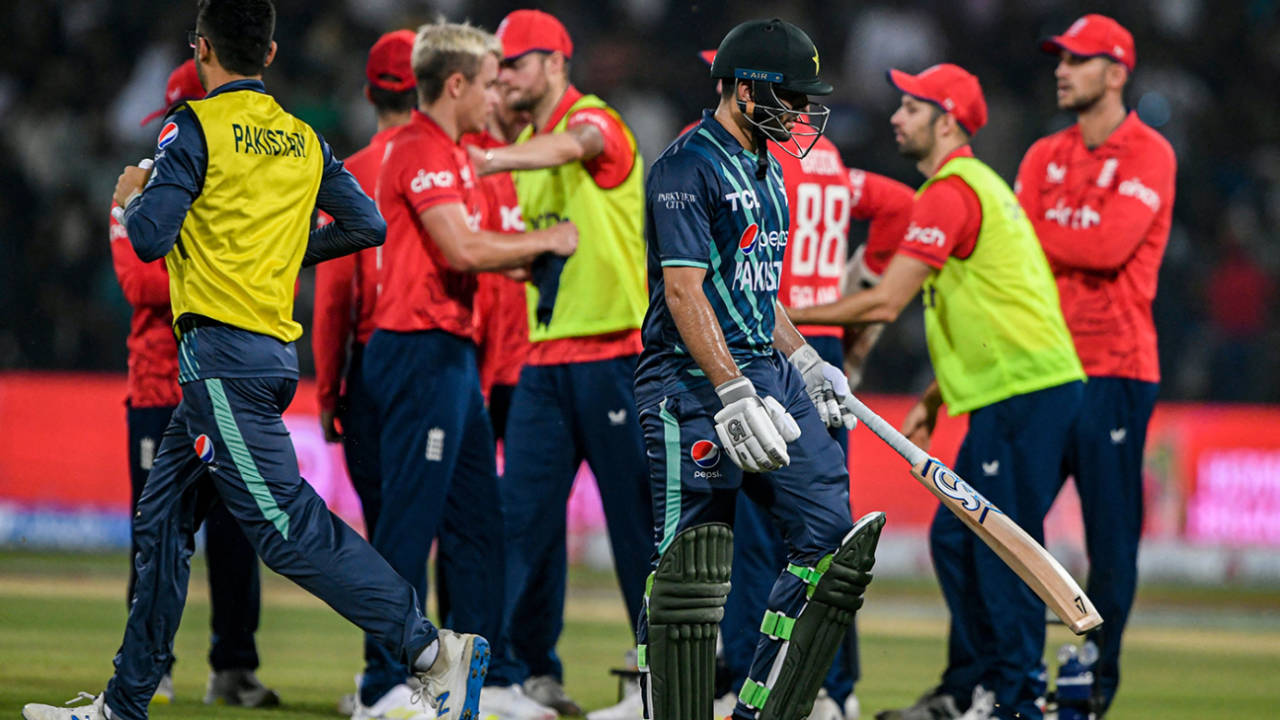Pakistan takeaways from England T20Is: Batting headaches and World Cup quandaries
Babar and Rizwan upped their game while Haris Rauf shone but several questions remain unanswered
Middle-order muddle: Haider Ali's comeback series did not go well • AFP/Getty Images

Babar: Middle-order batters' form in New Zealand 'good signs' for T20 World Cup
Chilly Christchurch brings back the nostalgic charm of a triangular series
Top teams 'one step ahead' of Pakistan in T20 batting approach, says chief selector Wasim
Like a moth to the flame, Mohammad Rizwan shows the light to Pakistan
Haris Rauf on India-Pakistan at the T20 World Cup: 'I'm very happy because it is at the MCG'

Umar Farooq is ESPNcricinfo's Pakistan correspondent
